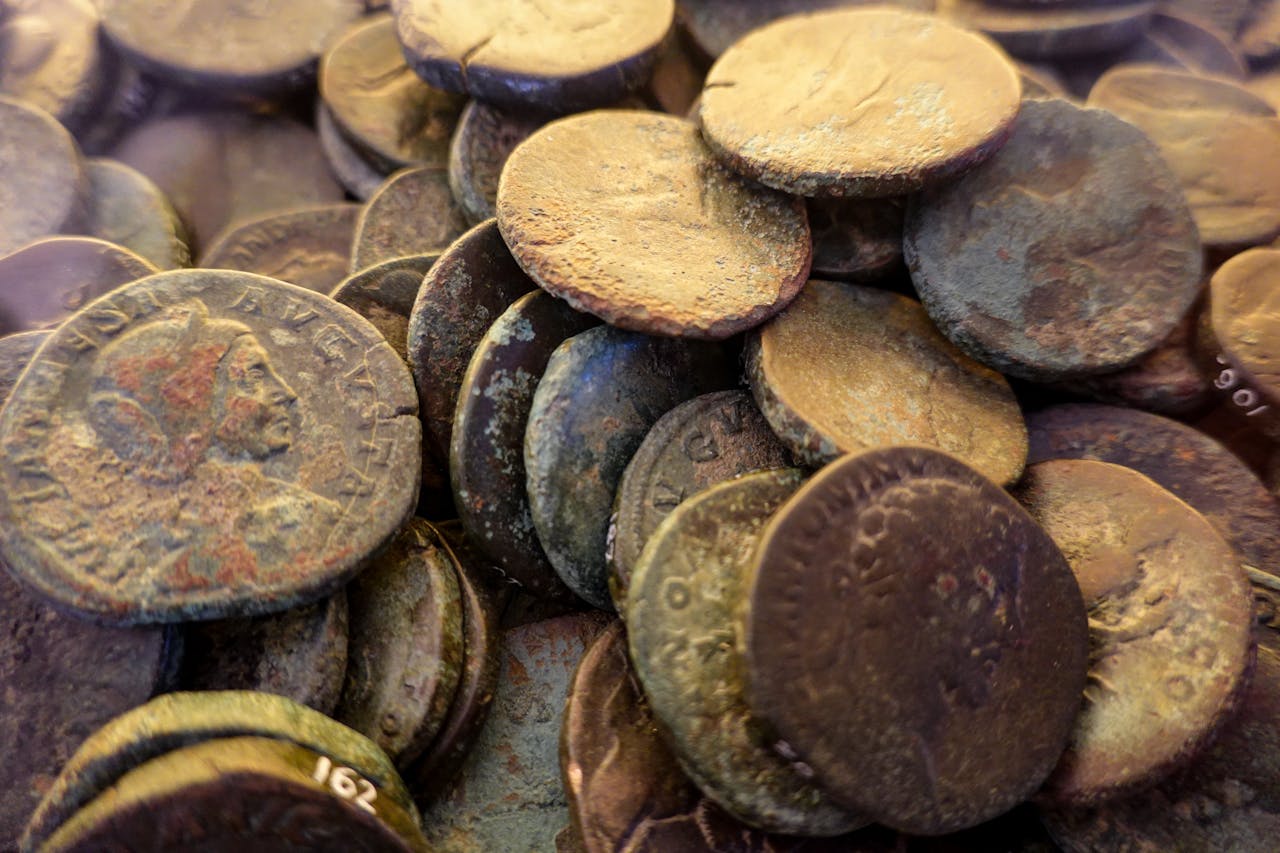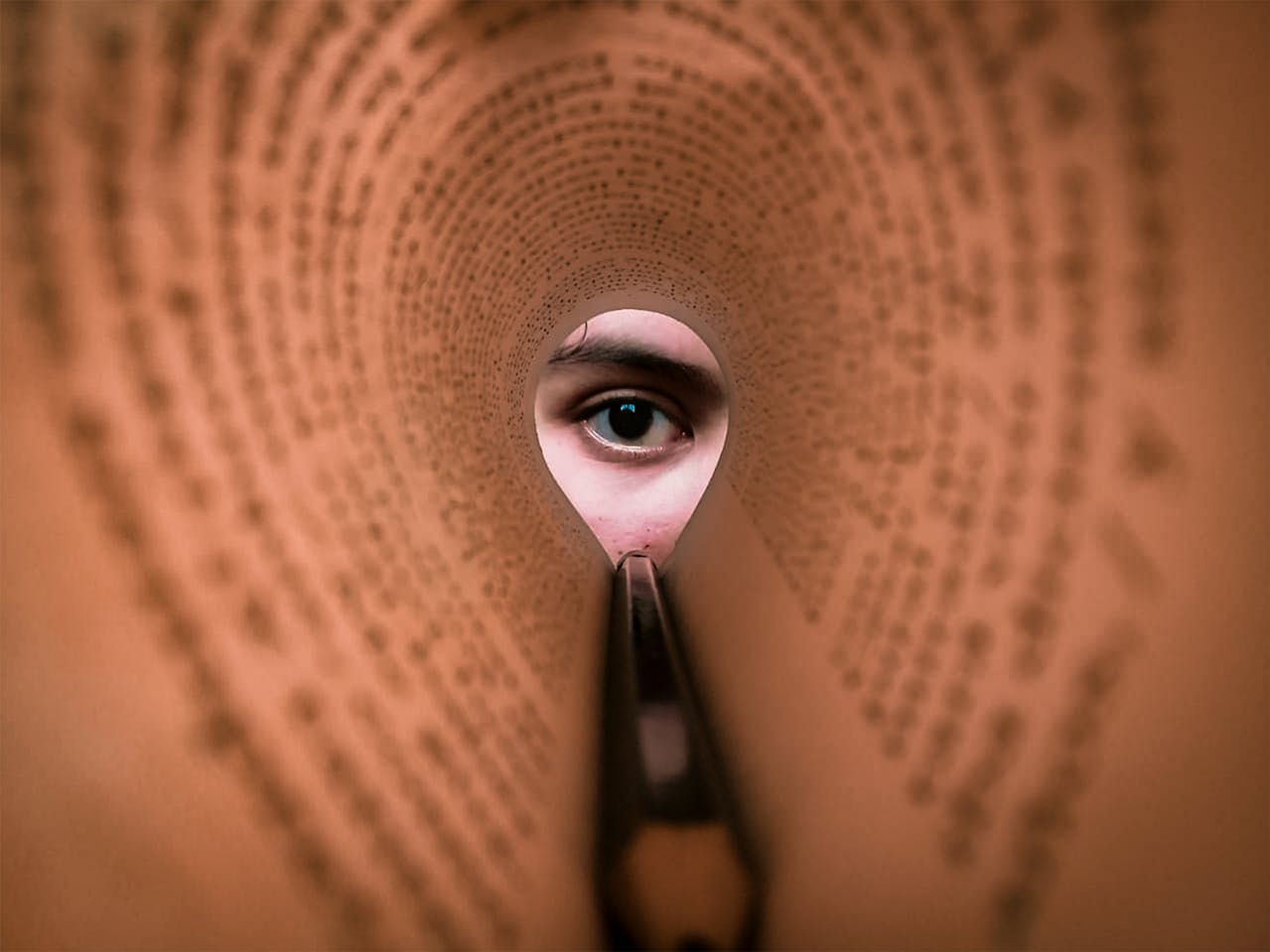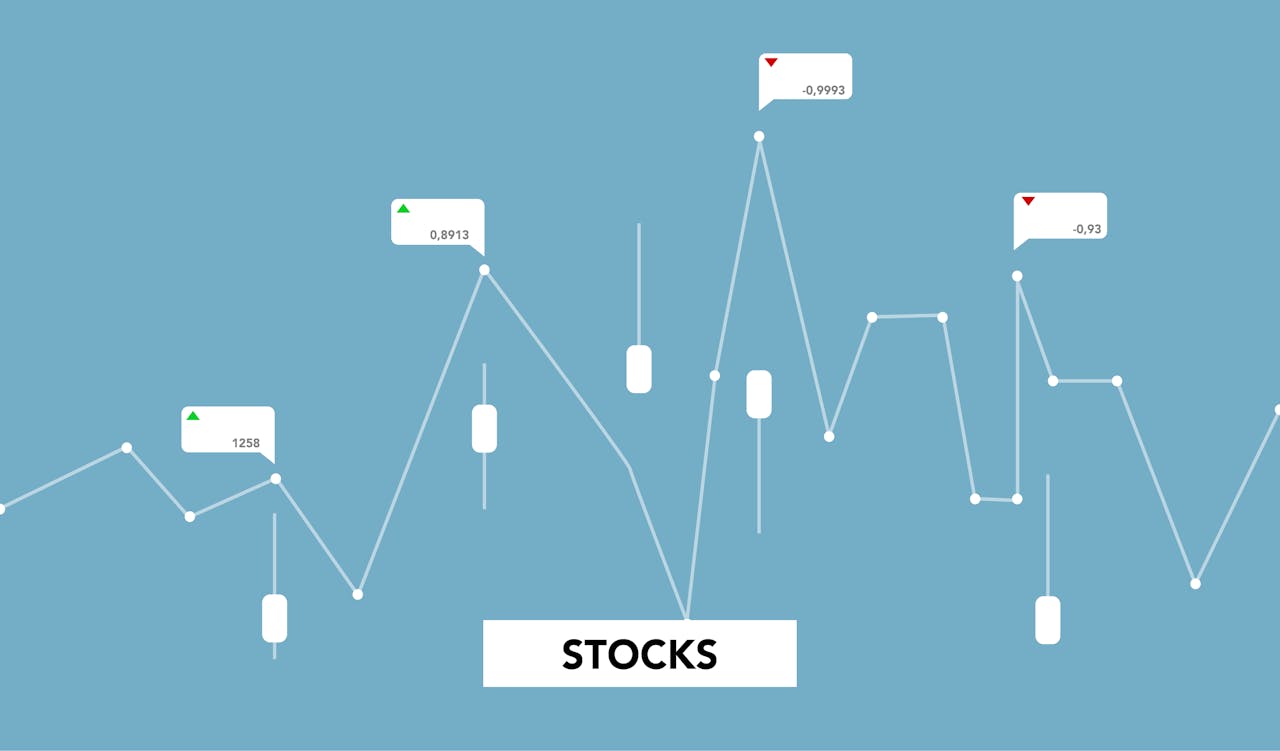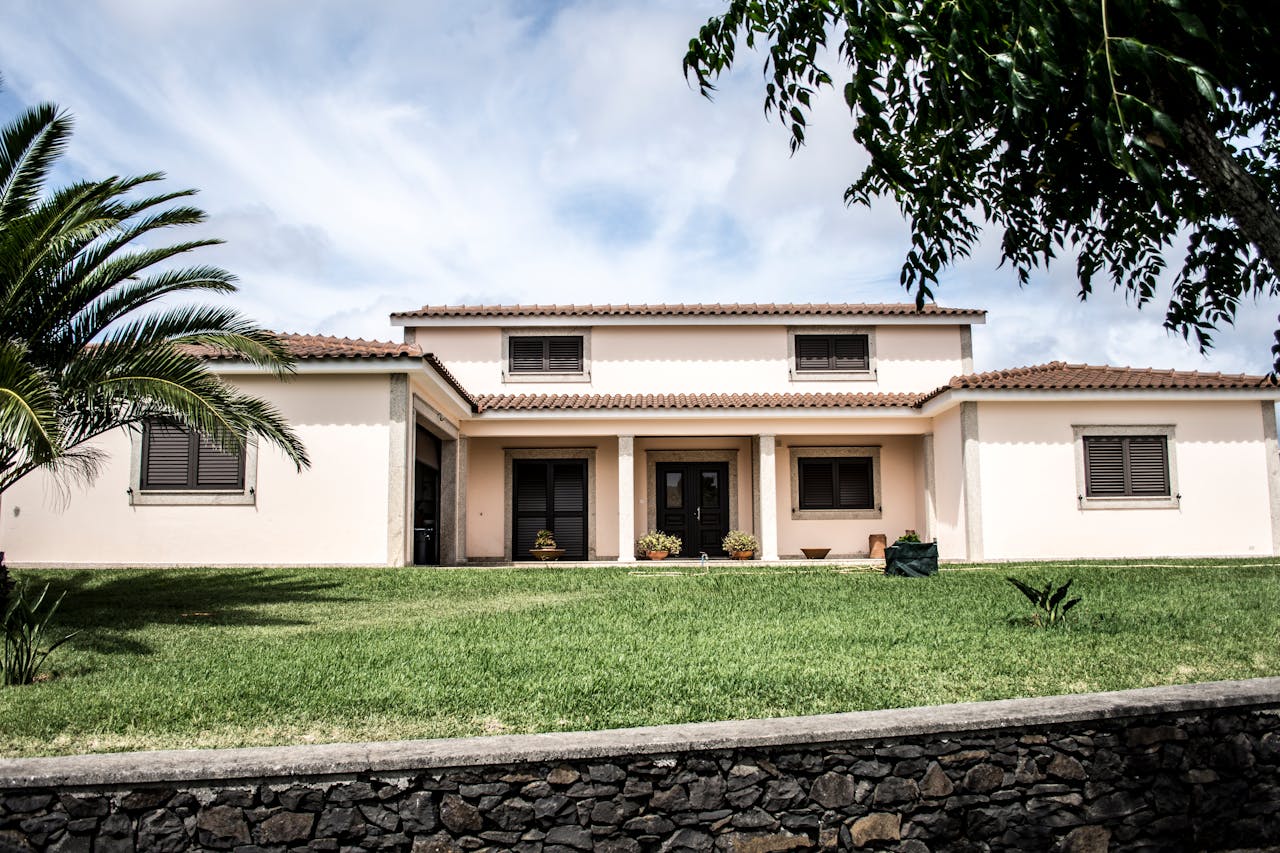The world of precious metals is often associated with wealth, power, and timeless value. However, not all precious metals are created equal. While traditional investments in gold and silver are well known, collectible precious metals offer a unique potential for investment. This article explores the allure of collectible precious metals, their investment potential, and why they might be an attractive option for savvy investors.
What Are Collectible Precious Metals?
Collectible precious metals refer to rare, limited-edition, or historically significant pieces made from precious metals like gold, silver, platinum, and palladium. Unlike standard bullion coins or bars, these pieces often carry artistic or numismatic value. Collectible metals may include coins, medallions, or even medals that have unique designs, historical significance, or were issued in limited quantities.
Collectible precious metals come in various forms. Some feature intricate designs or commemorate important events, making them more appealing to collectors. Others are released in limited runs, which can drive up their demand and value over time.
The Value Proposition: Investment in Collectible Metals
When it comes to investment potential, collectible precious metals stand apart from their more traditional counterparts. The price of standard bullion coins often tracks the market value of the metal they contain. However, the price of collectible pieces is influenced by more than just the raw material. Rarity, demand, historical significance, and condition all play a major role in determining their value.
1. Rarity and Limited Availability
One of the key factors driving the investment potential of collectible metals is rarity. Scarcity often drives up value. Limited edition coins, rare minting errors, or historical pieces are much harder to come by. This rarity factor can significantly increase their market value as collectors seek to own a piece of history. Consequently, investors who can secure such pieces early may see their investments appreciate substantially over time.
2. Historical Significance
Historically significant pieces have always been highly sought after. Collectible metals that commemorate a pivotal event, figure, or period in history can command premium prices. For example, coins minted during important historical moments or by significant mints can grow in value as they gain cultural relevance. Over the years, these pieces have garnered a reputation for being reliable stores of value, and some even become prized assets in a diverse investment portfolio.
3. Condition and Grade
The condition of a collectible piece is another crucial factor that impacts its investment potential. Coins and medals are graded on their physical condition, with higher grades typically resulting in higher prices. A coin in mint condition, known as a “proof” coin, is far more valuable than one that has been worn or damaged. Investors must be aware of the grading system and its influence on market pricing to ensure they are purchasing pieces that will yield the best returns.
How Collectible Precious Metals Appreciate in Value
Unlike traditional stocks or bonds, the value of collectible precious metals can appreciate due to factors that go beyond the price of the underlying metal. As a result, these metals can often outperform other investments, especially when they are rare or have significant historical value.
The appreciation of collectible metals is driven by a combination of demand from collectors, market trends, and economic factors. When global economic uncertainty arises, such as during financial crises or periods of high inflation, demand for precious metals generally increases. Collectible pieces can benefit from these trends, especially when their limited availability creates a sense of urgency among investors.
Risks Involved in Investing in Collectible Precious Metals
Despite the impressive investment potential, there are risks involved in purchasing collectible precious metals. Like all investments, they are subject to market fluctuations. The value of a collectible metal can decline, especially if demand for that particular item decreases over time.
Additionally, the premium price attached to collectible items can make it difficult for investors to sell at a profit in the short term. While the investment potential is high in some cases, liquidity is not always guaranteed. Some collectors and investors may find it challenging to find buyers who are willing to pay top dollar for a specific piece.
It’s also important to consider the authenticity of the collectible precious metal. With the rise of counterfeiting in the market, it’s crucial to deal with reputable dealers and have items authenticated to avoid purchasing fakes or reproductions.
Popular Types of Collectible Precious Metals
There are many different types of collectible precious metals available to investors. Each category offers unique investment opportunities, depending on the investor’s interests and goals.
1. Coins
Coins are the most common form of collectible precious metals. They have been issued for centuries, with some coins dating back to ancient civilizations. Popular collectible coins include those issued by major mints such as the U.S. Mint, the Royal Canadian Mint, and the Perth Mint. Coins like the American Eagle, the Canadian Maple Leaf, and the Australian Kangaroo are highly sought after by collectors.
Coins can be valuable for their metal content as well as their rarity, historical significance, and condition. Investors often focus on rare coins, such as the 1933 Double Eagle, one of the most famous and valuable coins in history.
2. Medals and Medallions
Medals and medallions are often produced to commemorate special events, anniversaries, or significant people. These items can be made from gold, silver, or other precious metals and are highly valued for their uniqueness. The fact that they are issued in limited runs and carry commemorative value often makes them a good investment.
3. Bars and Ingots
Though less commonly associated with collecting, precious metal bars and ingots can also become collectible items. Rare bars from famous mints or those with historical significance can carry higher premiums. Investors may be drawn to collectible bars because of their scarcity or artistic designs.
How to Start Investing in Collectible Precious Metals
For those interested in investing in collectible precious metals, the first step is to educate oneself about the market. Understanding the factors that affect value, such as rarity, demand, and condition, is essential before making a purchase. Working with reputable dealers who can verify the authenticity and value of a piece is crucial.
Investors should also determine their investment goals. While some may focus on long-term capital appreciation, others may prefer to collect specific pieces for their historical or artistic value. Developing a strategy for purchasing and holding collectible metals is essential to making the investment worthwhile.
Conclusion
Investing in collectible precious metals can offer exciting opportunities for growth and diversification within an investment portfolio. These items are not only valuable due to their metal content but also for their rarity, historical significance, and condition. With careful research, an eye for valuable pieces, and a long-term strategy, investors can reap substantial rewards.
Despite the risks involved, such as fluctuating demand and the potential for difficulty in liquidating an investment, the potential rewards are significant. Collectible precious metals represent a niche market that appeals to both collectors and investors, offering a unique way to preserve and grow wealth.
Check out our Facebook or X accounts.
For more topics check here.



